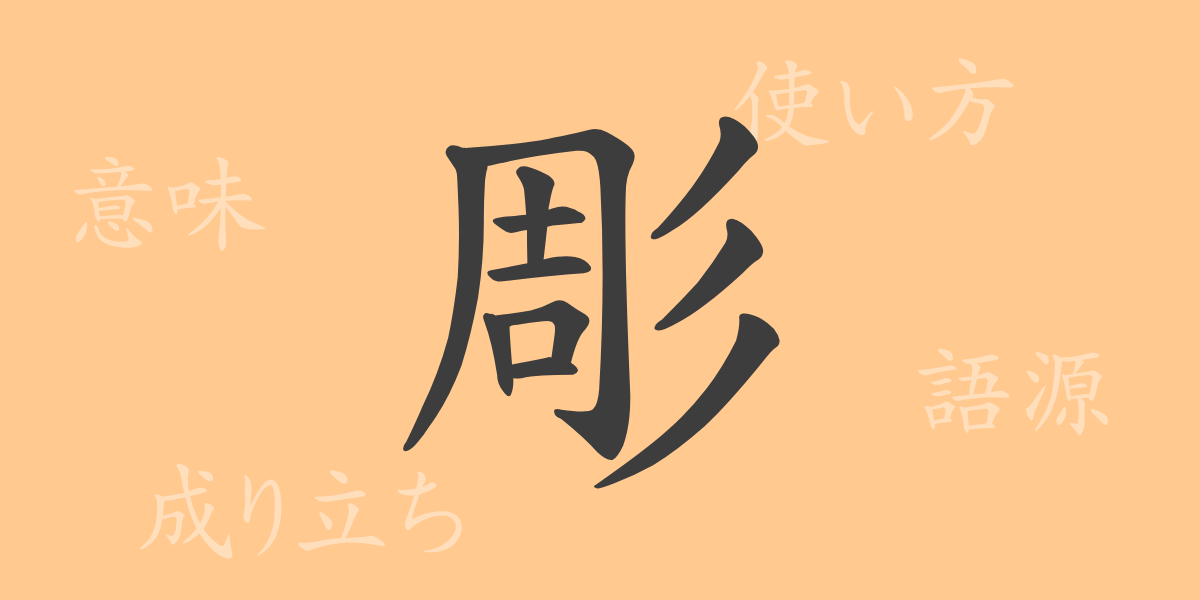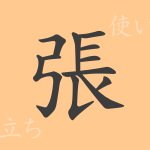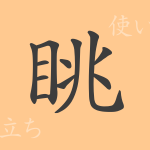The richness of the Japanese language is encapsulated in each Kanji character, including ‘彫(チョウ)’, which is deeply rooted in daily life. This article explores the origins, meanings, and uses of ‘彫’, from its etymology to the phrases and proverbs that enrich our everyday language.
Origins of ‘彫(チョウ)’
The Kanji ‘彫’ is an ancient character that originally depicted the act of carving or engraving. It combines ‘手(hand)’ holding a ‘刀(knife)’ with the action of carving into ‘木(wood)’, illustrating the act of sculpting. Over time, ‘彫’ has come to signify the act of carving in both literal and metaphorical senses, reflecting its evolution alongside various cultural and technological advancements.
Meaning and Usage of ‘彫(チョウ)’
‘彫’ encompasses meanings such as carving physical objects and etching figuratively into the mind. It is used not only to describe the art of sculpture but also metaphorically, as in ‘心に彫り込む’, meaning to impress deeply upon one’s memory.
Readings, Stroke Count, and Radical of ‘彫(チョウ)’
The character ‘彫’ is versatile in its pronunciation and structure:
- Readings: On’yomi ‘チョウ’, Kun’yomi ‘ほる’
- Stroke Count: Comprised of 11 strokes.
- Radical: The radical is ‘彡’, often associated with hair or feathers, indicative of fine, meticulous detail.
Idioms, Phrases, and Proverbs Involving ‘彫(チョウ)’
‘彫’ appears in numerous idioms and phrases that enrich Japanese language and culture:
- ‘彫刻(ちょうこく)’: Referring to the art of sculpture, whether in wood or stone.
- ‘心に彫る(こころにほる)’: To engrave something deeply into one’s heart, emphasizing memorability or impact.
- ‘一刀彫(いっとうぼり)’: A technique in sculpture using a single knife, metaphorically used to describe focusing intensely on a single task.
Conclusion on ‘彫(チョウ)’
Exploring the Kanji ‘彫’ is like journeying through the depths of the Japanese language, uncovering the historical and cultural layers embedded within. From the world of sculpture to expressions that touch our hearts, ‘彫’ illustrates how a single character can reflect a wide spectrum of human experience and cultural practice.

























